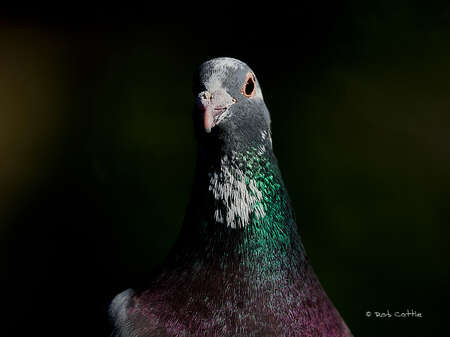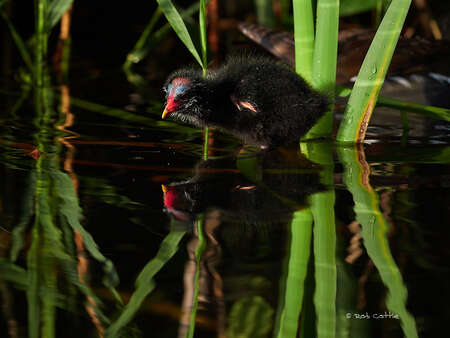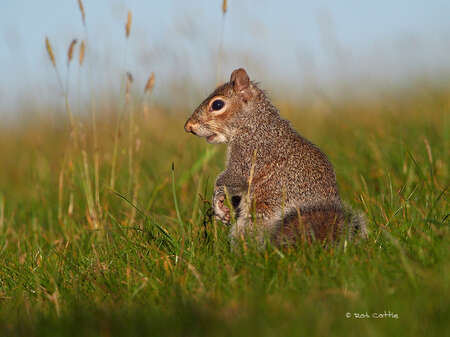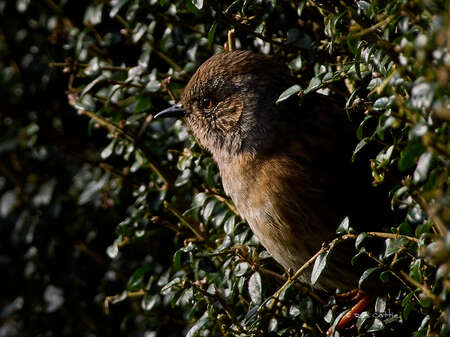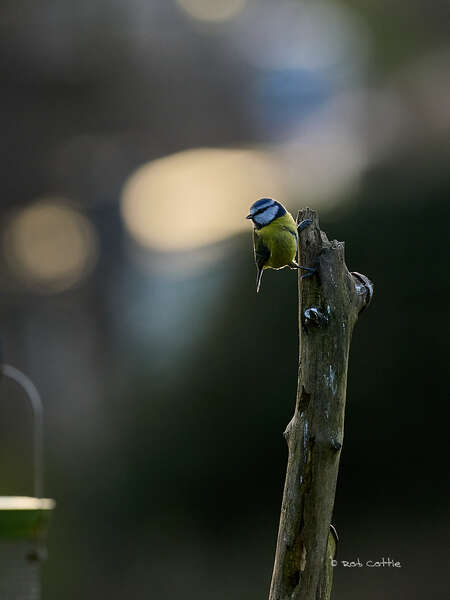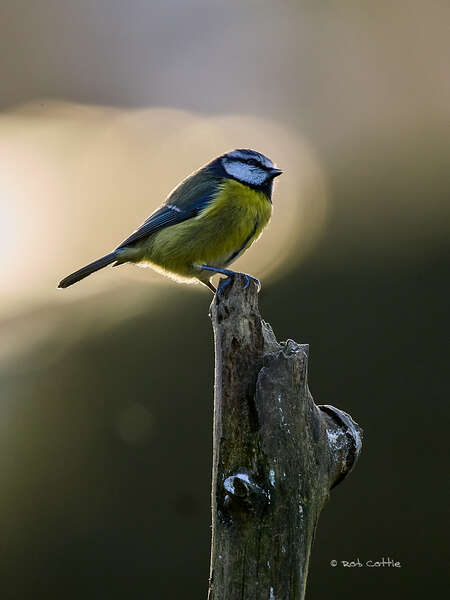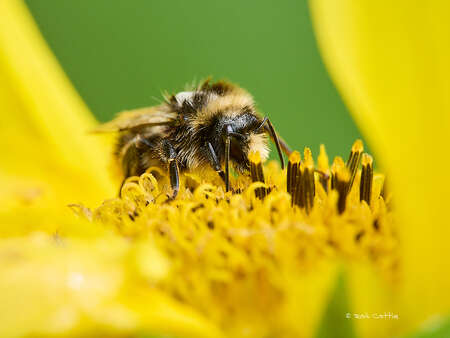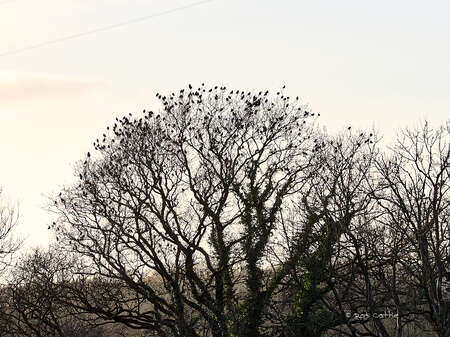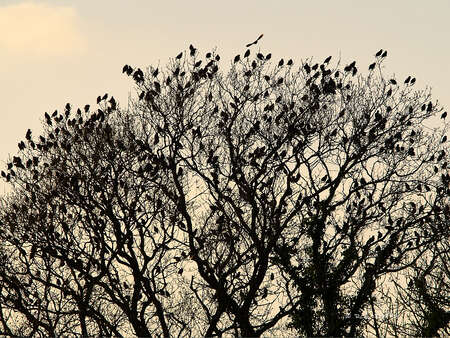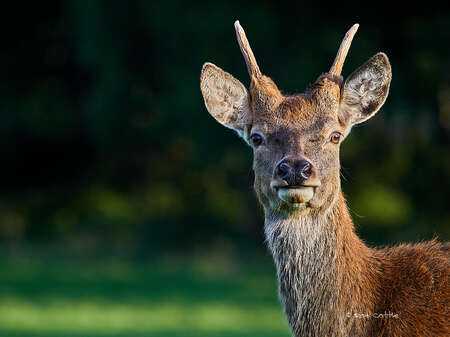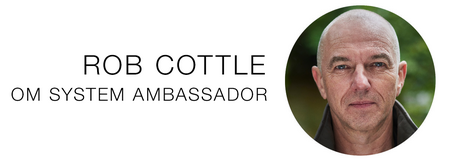How many times have you wished that you were nearer to a subject – especially if you’re a wildlife photographer? For me, honestly, most days, I never seem close enough, especially for our more diminutive feathery friends. If only there was a small optical adaptor with little reduction in quality, small enough that it would fit in your pocket, as light as a bunch of keys and that won’t break the bank.
Hang on – there is! It’s called a teleconverter: it attaches to the rear of your lens, and OM SYSTEM has two options available: the MC-14 1.4x TC and the MC-20 2x TC.
It’s not possible to use them on every lens, however they can be used on those that will benefit most:
• M.Zuiko 300mm F4 PRO
• M.Zuiko 40-150mm F2.8 PRO
• M.Zuiko 100-400mm F5-6.3
• M.Zuiko 150-400mm F4.5 PRO
and amazingly: the new M.Zuiko 90mm F3.5 Macro PRO.
As the numbers suggest, using a teleconverter means the focal length of a lens is extended by a factor of either 1.4 or 2. As an example, taking into account the 2x crop factor of the Micro Four Thirds system, a 300mm F4 PRO becomes either 840mm or a whopping 1200mm in full -frame length terms.
Teleconverters used to be regarded with a little suspicion and they became much maligned just for doing their job of magnifying magnificently. Ultimately a converter is only as good as the lens it is on, but with the advent of better glass, manufacturing and rapid improvements in technology, those concerns are a thing of the past. M.Zuiko lenses are especially good for extending as being Micro Four Thirds, they not only use the optical sweet spot of the lens but are also sharp at their widest aperture – which means there are less reasons to stop down and lose further light.
Teleconverters have a number of benefits:
- It’s a cheap way to extend the reach of your existing lens, especially if only for occasional use.
- It can be lighter and more portable than an equivalent-length lens, particularly if you like to travel light.
- Your set-up becomes more versatile, as a teleconverter multiplies your compositional options. You are able to capture more detail and potentially improve a composition by enlarging the subject, and therefore removing more distractions from the background.
- Whether due to obstacles, distance or movement giving you away to wildlife, it’s often not possible to move closer to a subject. Imagine being on safari: rather than exiting from the safety of your vehicle, walking towards a big male lion and asking him to say cheese, you could just use a converter instead – it might just save your life.
- Now you wouldn’t think things could get any better but there’s more: using a teleconverter will also increase the magnification of your lens, therefore allowing closer close-ups. This is because there is no change in the minimum focus distance.
- Lastly – as Spinal Tap once said – it’s one longer! Adding a converter will allow focal lengths that are simply not available. Even with the 150-400mm F4.5 and in-built converter engaged, you can still be distance-challenged: using a converter can solve that.
- One point that teleconverter blogs often miss is that it’s important to remember that a converter not only enables you to capture a subject closer but it also allows you to see it closer – and when capturing wildlife, reading their nuances can make or break an image.
Happy Squizz - By using the MC-20 with the M.Zuiko 300mm F4 PRO on an OM-D E-M1 Mark III meant the squirrel was more relaxed, as I didn’t encroach on its ‘circle of fear’: in turn allowing me more time to capture it.
Now – I can hear you say – there’s got to be a catch to all this lovely extended reach, and indeed there are a few consequences:
- Depending on the model, a loss of one or two stops of light with a converter will increase your maximum aperture. As an example: a 300mm F4 PRO will become either F5.6 or F8.
- Your Auto-focus will be slower. The addition of any extra glass to a lens will impact its auto-focus capabilities, and it can’t be compensated for in the same way as exposure. A narrowing of the aperture means less light will reach the sensor, and your auto-focus will find it harder to focus.
- A reduction in optical quality. It’s more noticeable when using the MC-20, simply because it is magnifying more, another stop of light is lost and the auto-focus slows further (which can often be the reason images are not sharp – rather than the fault of the converter).
This is a 100% crop which shows that in a lot of conditions, a 2x converter will do just fine. Their advantages far outweigh the disadvantages, and the side-effects should not deter you from their use. Take into account their shortcomings and then use them accordingly. In practice the differences are easily overcome: it just requires a little thought and a bit of tinkering.
- First and foremost, you have a choice of when to use them. Try to picture your image and decide: do you need to add a converter right away or can you add one after capturing a few images?
- The change of exposure is easy to rectify, as it only requires a doubling of ISO to make the same exposure. This was something most were unwilling to do back in the neolithic age – but now we all use ISOs over 800 without blinking. Remember: don’t be afraid of raising your ISO! That noisier sharp image may be a keeper but your cleaner but blurred one won’t be.
- One stop of light can make a difference but in percentage terms, it rarely does. If your shutter speed is not quick enough, an extra stop of light is unlikely to help. If you are low on shutter speed then fight the battles you can win: look for relatively static subjects, try backlighting, contre-jour or slow panning techniques, which can really work to give wildlife a sense of speed.
- As mentioned, auto-focus is impaired – especially during those golden hours of lovely soft but low light. There’s a time and a place to use teleconverters: it helps to think about a subject having a sliding scale of movement, from inertia to rapid, and then work out the best way to capture them. I’m happy to use an MC-20 on static or slow- moving subjects in the right conditions but as we go up the scale, I wouldn’t use anything other than an MC-14 – and when subjects are on the rather slippery side, I wouldn’t use one at all. It’s best not to use an MC-20 with the 100-400 F5-6.3 unless it’s necessary, as you are at a starting aperture of F10-13 and with this lens even the MC-14 starts at F7.1-9, making its use mostly light dependent.
- There is a reduction in sharpness: however you may be surprised how difficult it is to notice any discernible difference between images taken with and without, unless using them in extreme circumstances. The reduction is much less noticeable when using the MC-14 and in good light you would find it almost impossible to see a difference. The MC-20 works extremely well on the 40-150mm F2.8.
- Contrast is also reduced but in most circumstances, this can be rectified in post processing.
A converter allows you to make compositions out of scenarios that wouldn’t be available using an existing set-up.
Fitting
Teleconverters are simple to pop on: I find it easier to fit one to the lens first, but some go straight and attach it to the camera directly – whatever works for you. Unlike when fitting a lens to a camera, the red marks on the side of the lenses are actually about a cm away from each other. Push it in gently and turn, making sure you hear the click. Then as normal, with the red marks lining up, fit it on to your camera. Should you find that the camera is not focusing, check that you aren’t in manual focus mode as sometimes it just needs an extra twist: make sure you hear the click.
How and when to use them
I start by making a couple of quick simple decisions: converter on or off? What composition am I looking for? Am I honing in on a subject, or is it the wider picture I prefer? What are the best chances of capturing a subject in the given conditions? If it’s something like birds in flight or speedy moving mammals, I would probably leave the teleconverters off at the start as the auto-focus will be quicker: it’s all about percentages in wildlife photography. Then after capturing my initial images, if I have time I will pop on a converter and fire away once more.
Having said that, if my subject is in the distance, I often use a converter no matter the technicalities as there’s absolutely no point in capturing an image if you can’t see what the subject is. This is especially true when working with small subjects: birders out there will know you have to be incredibly close to capture one of our small avian chums large in the frame and in this case, a converter is on straight away.
Even, though I’m lucky to own the 150-400mm, from time to time I use the 40-150mm F2.8 and MC-20, as it makes for a really versatile, lightweight and (importantly) mobile combo, great for subjects such as deer but also for larger birds like gulls, swans and geese etc. In full frame terms, this combination becomes a very respectable 160mm-600mm F5.6 and is a great all-round package – especially if you only require the extra reach now and again. I find the optical quality really good and the auto-focus works absolutely fine as long as I’m not capturing a cat in a coal house (but then again, why would I?) Another example: if I’m working in my hide – AKA a mouldy, old, broken shed - the feathered beauties are of the diminutive kind, and I simply can’t move closer without disturbing our flighty friends (or the fact there’s a mouldy old shed in the way) then I’ll pop on a teleconverter.
I’m very much about composition and in this regard a converter can be one of your new bestest friends as it will, at the very least, double your compositional opportunities – and if you are using a zoom, it becomes even more versatile. Depending on distance, as an example, using the 300mm F4 at its native length, we may capture a more complete form: maybe a body shot, possibly even an essence of the environment. Then by adding a 1.4x converter we can start to hone in for portraits and features – and then if we pop on the MC-20, then we can go in deeper and look for headshots, detail and textures.
The positives far outweigh the negatives and if you are able, pop one or ideally both converters in your bag as I have done. I find them invaluable, as often I couldn’t have captured a worthwhile image without them. I’m a firm believer in using all the tools at our disposal, allowing us to multiply our options – and this in turn could be the difference between a keeper or a weeper.
Happy image-making!
Featured Products:
Bio - Rob Cottle
ABOUT ROB COTTLE
IG: @robcottleimages
Rob is a Mother Nature and feathered friend lover and photographer, light fiend, rain hater, tea admirer and veganist from South Wales. He likes nothing better than laying silently in something he shouldn’t, whilst waiting patiently for the shot that doesn’t happen! Having the good fortune of his mother instilling a love of nature from an early age meant a lifelong love of wildlife and its welfare. Self-taught and always adding a healthy dose of passion as with his other love music, can add a slightly different way of looking at things. Nature is the reason he picks up the camera but the camera makes him go out to see it more often.
His adoration for wildlife is far more important than pressing the shutter button and its wellbeing always comes first. Animals are not on this planet for our pleasure to do with it what we will but to live alongside and respect. Wildlife photography is not an at 'all costs' pursuit, if you think it's wrong it probably is, we are just mucking around with a camera! He is a huge advocate of local species and capturing them in a new light, conveying that all wildlife is interesting and not just the iconic or the cuddly. People become more engaged if they feel that nature and photographing wildlife is obtainable and accessible without spending huge amounts of time and money travelling.
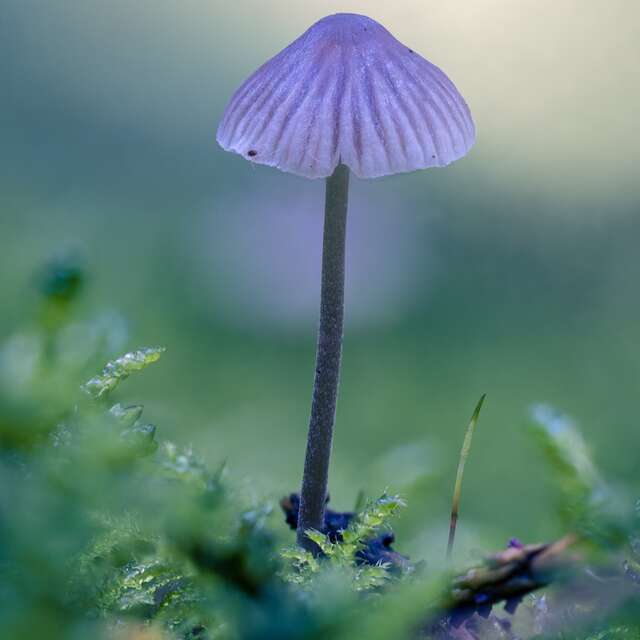

Double Your Reach: A Look at the MC-20 Teleconverter
View Peter's impressions of the new MC-20, as well as use cases and sample shots, over at his Creative Island Photography blog.

The OM-1: A Real Powerhouse
Peter Baumgarten shares his thoughts and experiences with the OM SYSTEM OM-1.
